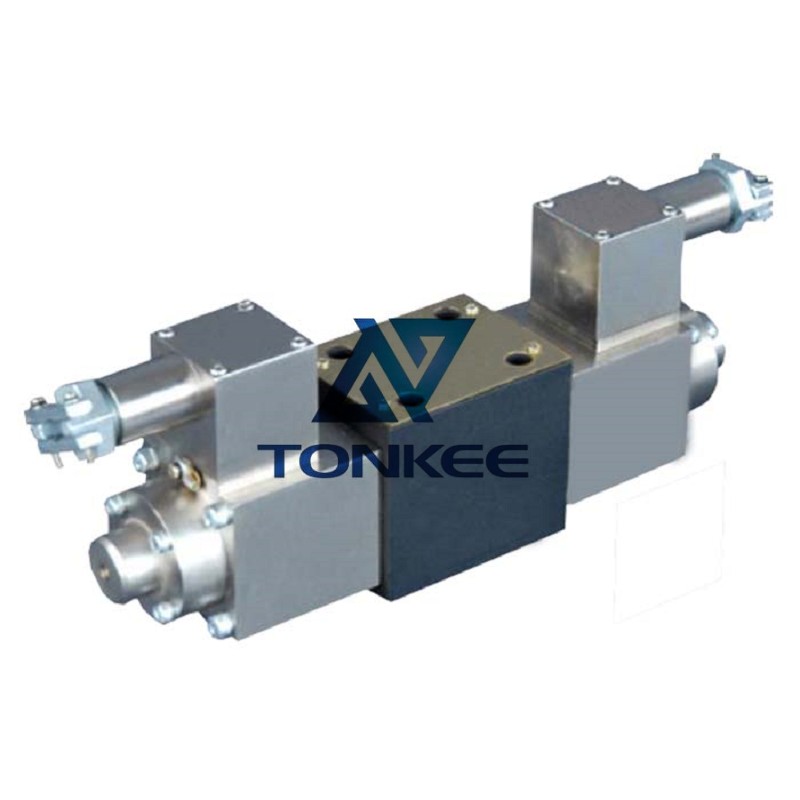
China Explosion isolation proportional directional control valve | Partsdic®
Explosion isolation proportional directional control valve | Partsdic®
Electrical Control: Proportional valves are typically controlled electronically. Ensure that the valve is compatible with your control system and can accept the necessary input signals, such as voltage or current.
Electrical Control: Proportional valves are typically controlled electronically. Ensure that the valve is compatible with your control system and can accept the necessary input signals, such as voltage or current.

